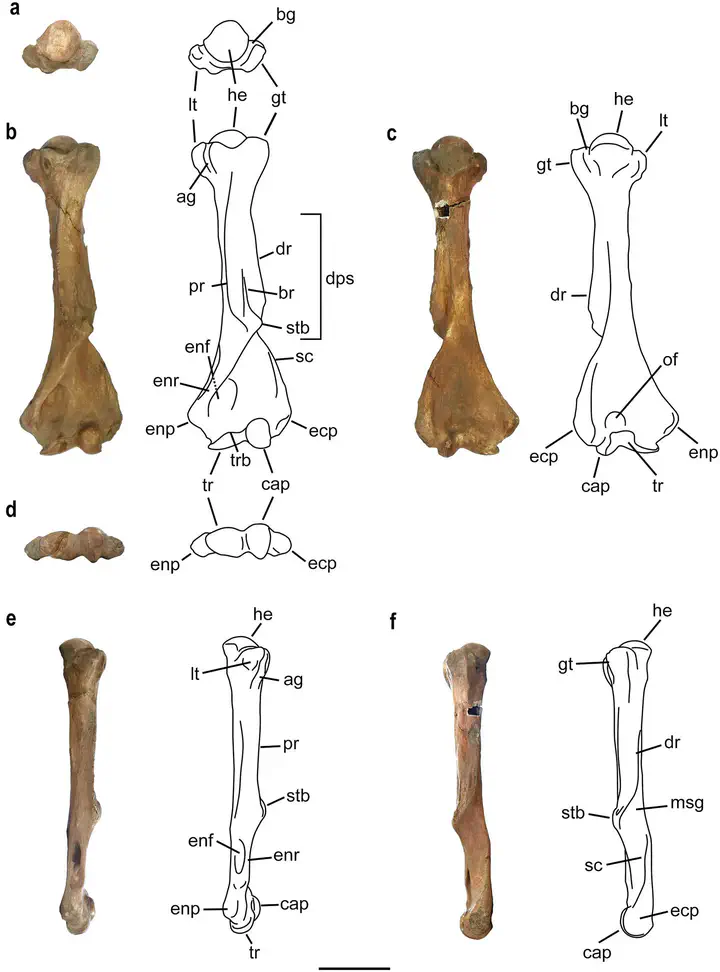Occurrence of the ground sloth Nothrotheriops (Xenarthra, Folivora) in the Late Pleistocene of Uruguay: new information on its dietary and habitat preferences based on stable isotope analysis

Abstract
Sloths represent one of the most successful South American clades that reached North America during the Great American Biotic Interchange (GABI). At least four families are known from the Pleistocene of North America: Mylodontidae, Megalonychidae, Megatheriidae, and Nothrotheriidae. Members of the Nothrotheriidae are known from the Middle Miocene to the Pleistocene/Holocene transition in the Americas, but Nothrotheriops is the only genus in the family recorded in North America. Recently, femora with characteristic nothrothere morphology were recovered from Santa Fe, Argentina, and assigned to Nothrotheriops, thus greatly expanding the geographic distribution of this taxon. In Uruguay, records of Quaternary Nothrotheriidae are scarce, and previous reports are limited to the genus Nothrotherium. In this work, we describe a humerus from Arroyo del Vizcaíno (AdV), a ~30 ka site located in southern Uruguay, and assign it to the nothrotheriid Nothrotheriops sp. We also discuss several specimens from Uruguay originally assigned to Nothrotherium, which upon re-examination can be tentatively reassigned to Nothrotheriops sp. Furthermore, we employ stable isotope analysis to explore the climatic and dietary preferences of this taxon in South America. The new records are consistent with the materials reported from Argentina, thus providing new knowledge of the geographic distribution of the taxon, as well as its climatic and dietary preferences. Stable isotope results showed δ13C values consistent with diets based mainly on C3 plants, similar to those published for N. shastensis in North America.